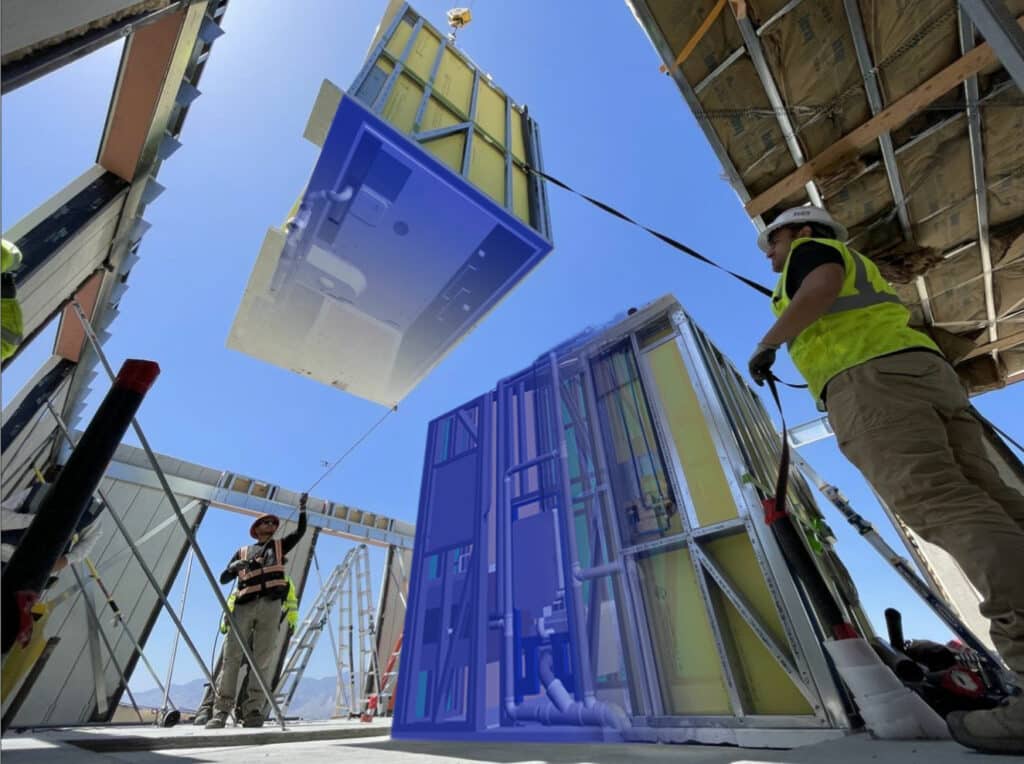New Webinar: Where to Draw the Line. When Coordination Turns into Re-Design. Watch it now!
New Webinar: Where to Draw the Line. When Coordination Turns into Re-Design. Watch it now!

Succesful Projects
Happy Clients
BIM Experts
Years in business
NPS

Founded in 2007, we have positioned ourselves as the largest and most experienced BIM production service provider in the United States, with a proven track record of 6,500 successfully completed BIM projects and a dedicated team of over 550 BIM experts.
Our primary objective is to enhance the efficiency of Contractors, Architects, Engineers, and Owners in the design, building, and operation processes.
We firmly believe that close collaboration with both the shop and the field is vital to achieving this objective.
Successful Projects
Happy Clients
BIM Experts
Years in Business
NPS
We are one of the largest BIM services providers with true BIM Lifecycle experience.
We help Architects, Engineers, Contractors and Owners to design, build and operate projects more efficiently.
Case Study: Robotic Total Station (RTS) Site Applications
Case Study: BIM Metal Framing Prefabrication
Case Study: GC Taking the BIM Modeling Authoring
“I thank ENG for the job well done and when our modeling needs or requirements exceed what we can do in-house, actually ENG is the first one I would call”
“ENG supplied BIM coordination, fabrication and installation spool drawings u0026amp; Trimble points to locate hangers, sleeves and piping layouts resulting in labor savings controlled labor costs, using coordinated drawings for material purchases, just-in-time delivery and limited material waste, all contribute to the savings of the project. From start to finish, the open dialogue with ENG and our Project Management Team during design and coordination has been a major factor in the success of the project“.
“Their quick response, quality of service, make ENG our BIM partner of choice”
BIM stands for Building Information Modeling and is a process that starts with the creation of an intelligent 3D model that enables document management, coordination, and simulation throughout the entire lifecycle of a construction project. The services that BIM companies provide are diverse and can include modeling, coordination, fabrication, implementation – amongst others – and their main purpose is to help individuals, businesses and government agencies to plan, design, operate and maintain projects more efficiently.
As the world population is increasing rapidly, the AEC industry needs to be smart enough to find new, clever and more efficient ways to design and build. This needs to be done not only to keep up with the global demand but to also play an active part in creating spaces that are smarter and more resilient as well. In this scenario, BIM is a key asset: it not only allows design and construction teams to work more efficiently, but it also allows them to capture the data they create during the process to benefit operation and maintenance activities. This is the main reason why BIM mandates are increasing across the world.
In the field of construction, BIM refers to the process of delivering and operating built assets using well-structured digital information that all the involved parties have access to. This means it is more a way of working than a specific software, physical object or entity. For a BIM working environment to operate effectively, all parties must collaborate and share the information they create in a mutually accessible online space known as a common data environment (CDE). Therefore, everyone who needs to reach the information can do it easily. That collection of data is known as ‘information model’, and can be used to inform all stages of a built asset’s lifecycle; from inception right through to operation and renewal.
To utilize the intelligent 3D model adequately, different uses of BIM may require different software
applications. There are many types, here are a few of them:
• Object-oriented 3D modeling software for creating and manipulating models (i.e. Autodesk
Revit or Bentley Microstation),
• Engineering analysis software (i.e. Risa 3D or Tekla Structures),
• Rendering software (i.e. 3D Studio Max),
• Coordination software (i.e. Naviswork or Tekla Structures),
• Estimating software (i.e. Timberline or Graphisoft Constructor),
• Middleware (i.e. Innovaya or Avatech Earth Connector),
• Detailing software (i.e. Tekla Structures or SDS/2).
Source: BIMForum.org, Autodesk.com; theb1m.com
Have questions or need assistance? We are here to help. Please fill out the form below, and we’ll get back to you promptly. Or call us at: 888-556-6246
We are where you are.